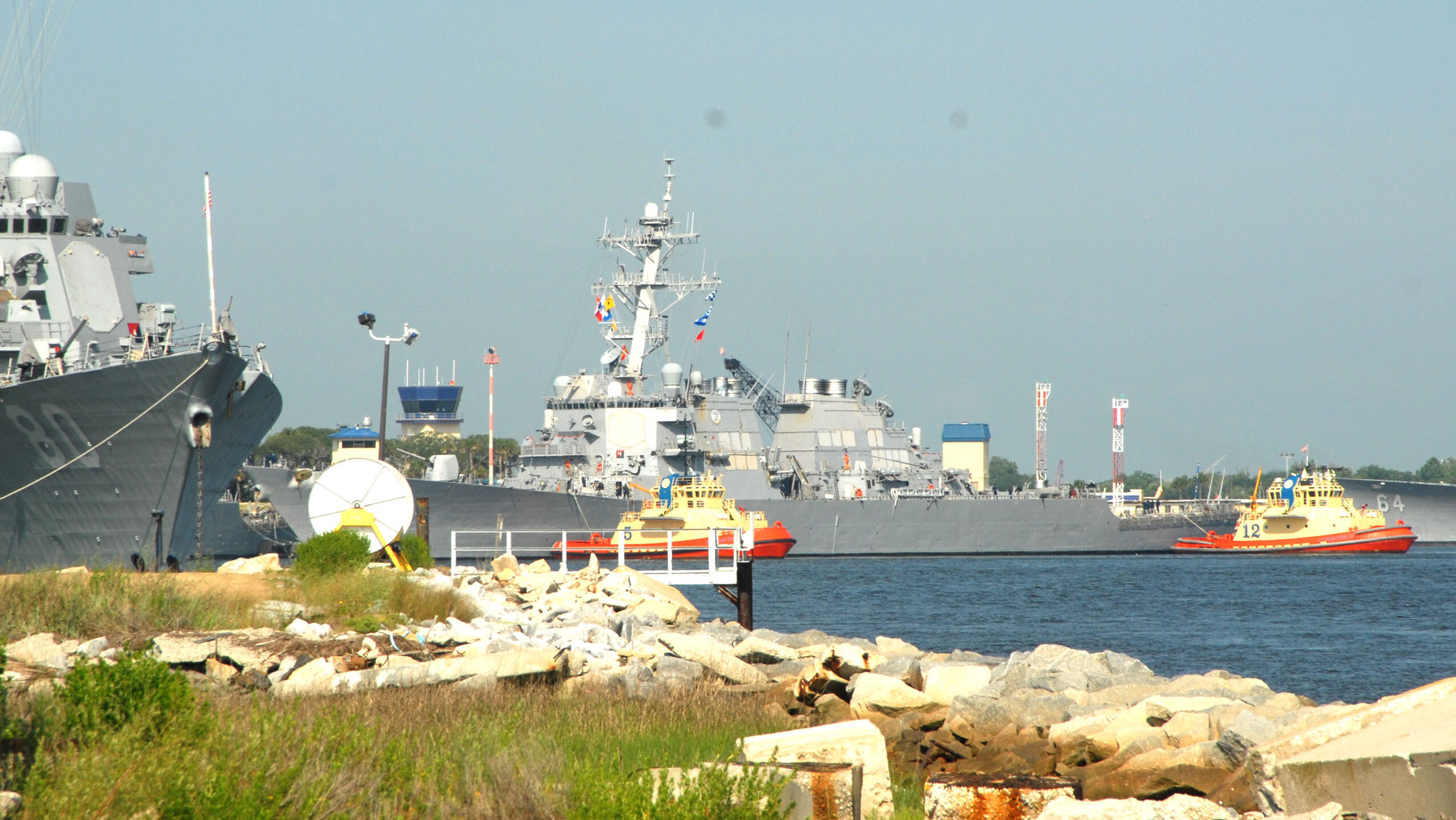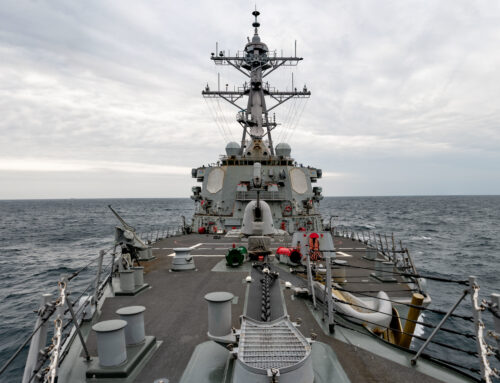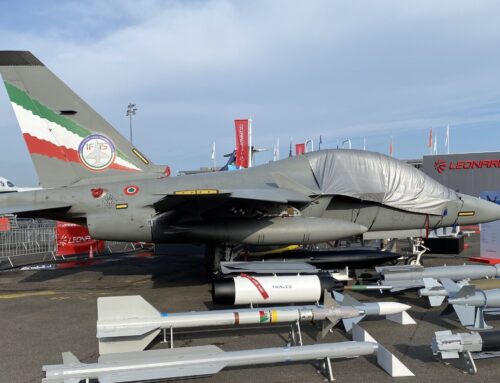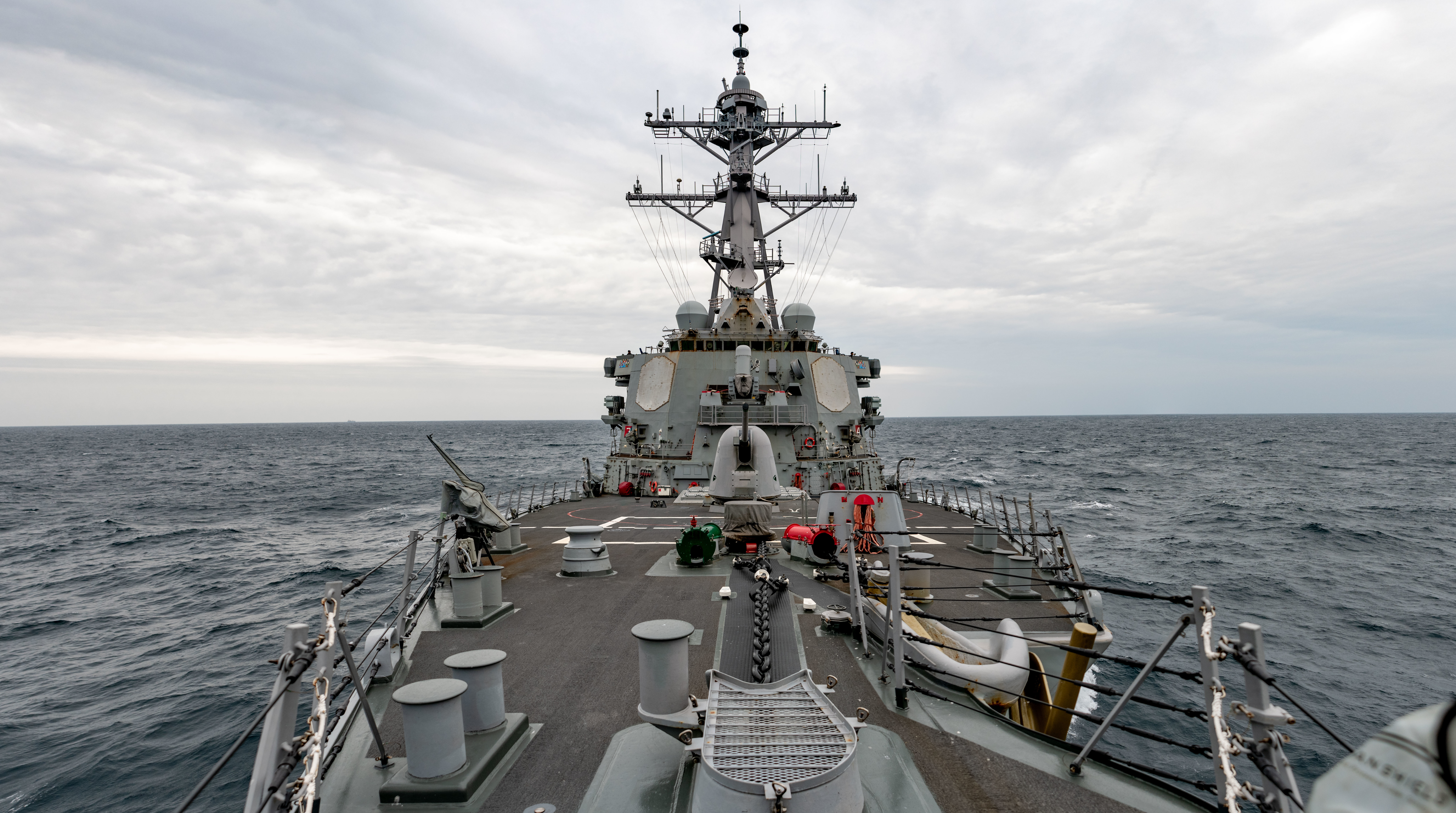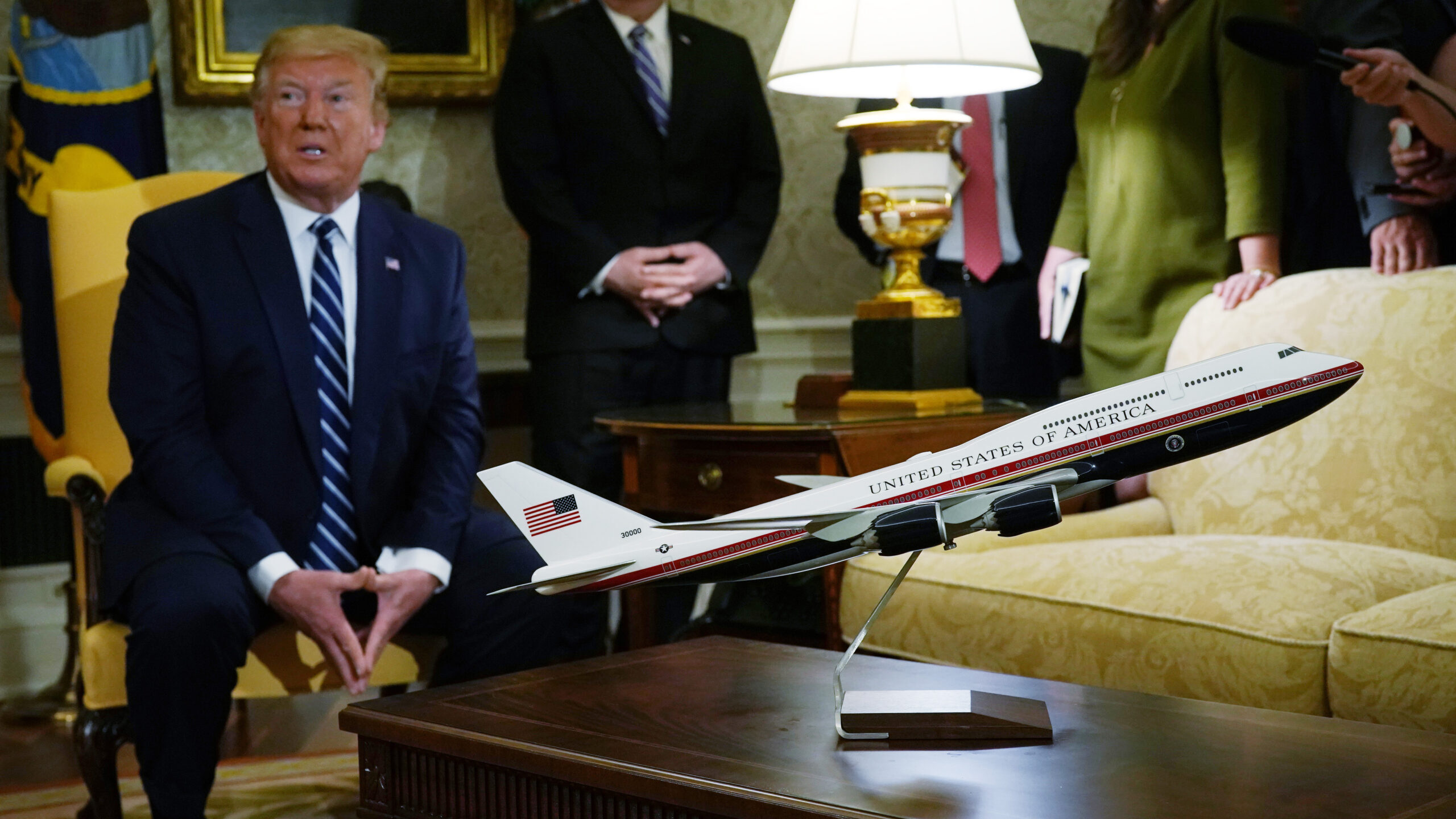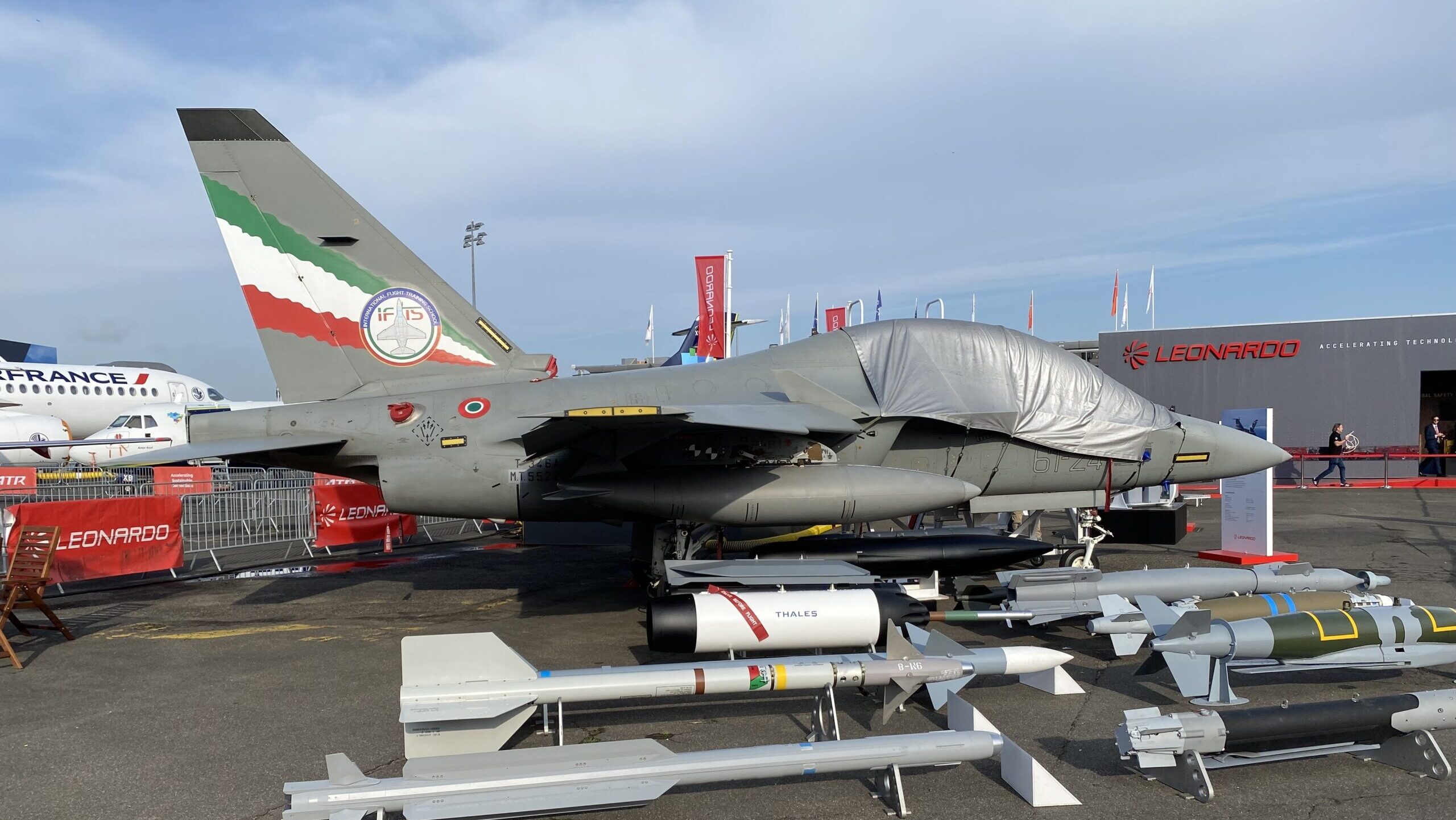The guided missile destroyer USS Barry (DDG-52) enters Naval Station Mayport, Fla. (U.S. Navy photo by Mass Communication Specialist 2nd Class Shane Cameron Ross/Released)
WASHINGTON — The Navy announced today it will extend the service lives of 12 Arleigh Burke-class destroyers, resulting in an anticipated 48 years of combined additional operational service from those vessels between 2028 to 2035, according to a statement from Secretary Carlos Del Toro.
“Extending these highly-capable, well-maintained destroyers will further bolster our numbers as new construction warships join the fleet,” Del Toro said in a statement. “It also speaks to their enduring role in projecting power globally, and most recently in the Red Sea, their proven ability to defend themselves, as well as our allies, partners and friends from missile and drone attacks.”
The ships included in the announcement are the oldest destroyers in the fleet ranging from the Barry (DDG-52), which will be extended for three years, to The Sullivans (DDG-68), also slated for a three-year extension. The Navy in March 2023 opted to extend the life of the class’s lead ship, the Arleigh Burke (DDG-51).
The ships and their associated life extensions included in the announcement are:
USS Barry (DDG-52) – three years – FY28 to FY31
USS John Paul Jones (DDG-53) – five years – FY28 to FY33
USS Curtis Wilbur (DDG-54) – five years – FY29 to FY34
USS Stout (DDG-55) – five years – FY29 to FY34
USS John S. McCain (DDG-56) – five years – FY29 to FY34
USS Laboon (DDG-58) – five years – FY30 to FY35
USS Paul Hamilton (DDG-60) – five years – FY30 to FY35
USS Stethem (DDG 63) – one year – FY30 to FY31
USS Carney (DDG-64) – one year – FY31 to FY32
USS Gonzalez (DDG-66) – five years – FY31 to FY36
USS Cole (DDG-67) – five years – FY31 to FY36
USS The Sullivans (DDG-68) – three years – FY32 to FY35
The statement did not include any information about the costs associated with the service life extensions, but did say the Navy had already proposed funding in its budget plans for fiscal 2026 and will update the long-range shipbuilding plan accordingly.
“Today’s budget constrained environment requires the Navy to make prioritized investments to keep more ready players on the field,” Chief of Naval Operations Adm. Lisa Franchetti said in the same statement. “The Navy is actively pulling the right levers to maintain and grow its battle force inventory to support the United States’s global interests in peace and to win decisively in conflict.”
The choice to extend the service lives of a dozen destroyers is multifaceted one for the sea service.
During the Trump administration, lawmakers repeatedly hounded top Navy brass to lay out a plan to reach an overall fleet of 355-manned warships. (The Navy’s current fleet size fluctuates between 285 and 290 ships depending on the time of the year and how it lines up with commissioning and retirement ceremonies.)
The service responded with a plan that eventually reached the 355-ship figure in the 2040s and 2050s through a combination of building more destroyers than originally planned as well as extending the service lives of those currently in service. The thought process, Navy leadership said at the time, was that while the fleet’s composition would not be optimal, destroyers were the best choice of ship to have in excess.
Since the Trump administration ended in 2021, Navy leadership have overall tamped down on their zealousness to achieve a fleet size of any particular number, but Franchetti has repeatedly called for “more players on the field,” invoking the service’s bottom-line need for a larger fleet.
On the flip side, service life extensions necessarily mean operating a vessel for longer than intended which can lead to costlier maintenance periods and longer delays depending on a ship’s materiel condition.


